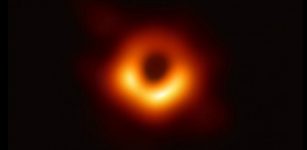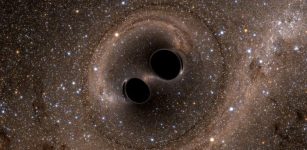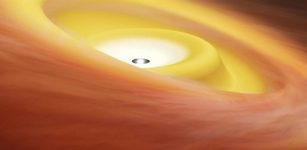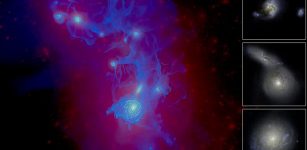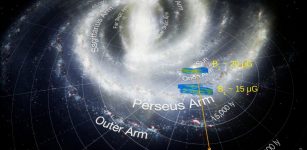Magnetism Of Supermassive Black Holes Much Weaker Than Previously Thought, New Study Shows
MessageToEagle.com – It’s believed that supermassive black holes—as much as 1 billion times the mass of the Sun reside in the center of galaxies that are much more massive than our galaxy – the Milky Way.
These black holes are the most destructive force in the Universe, with a compact energy source of enormous strength and a mass of an order of magnitude between 105 and 1010 (hundreds of thousands and tens of billions) of solar masses!
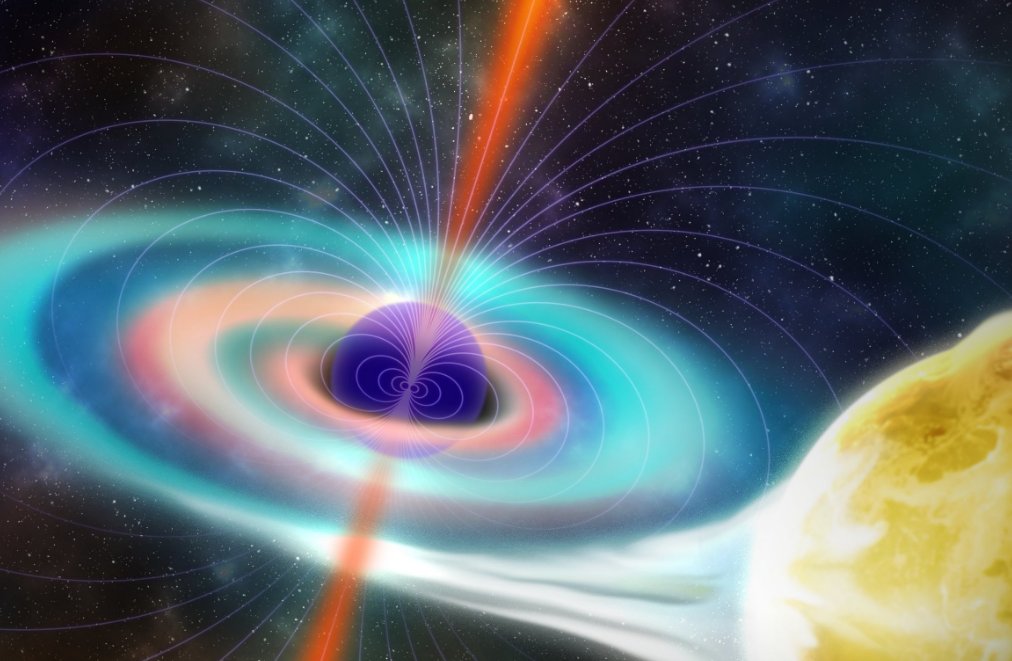
Their intense gravitational pull is known to gobble up entire stars and launch streams of matter into space at almost the speed of light.
However, a new study from University of Florida shows, these black holes that are believed to be the engines that power nuclear activity in galaxies – have much weaker magnetic fields than previously thought.
A 40-mile-wide black hole 8,000 light years from Earth named V404 Cygni yielded the first precise measurements of the magnetic field that surrounds the deepest wells of gravity in the universe.
In this research, astronomers used the measurements from data collected in 2015 during a black hole’s rare outburst of jets, observed through the lens mirror of the 34-foot Gran Telescopio Canarias, the world’s largest telescope, co-owned by UF and located in Spain’s Canary Islands, with the help of its UF-built infrared camera named CIRCE (Canarias InfraRed Camera Experiment).
Surprisingly, astronomers found the magnetic energy around the black hole is about 400 times lower than previous crude estimates.
The results help to understand how black holes’ magnetism works and also shed more light on the half-century-old mystery of “how “jets” of particles traveling at nearly the speed of light shoot out of black holes’ magnetic fields, while everything else is sucked into their abysses, said study co-author Stephen Eikenberry, a professor of astronomy in UF’s College of Liberal Arts and Sciences.
The 2015 outbursts of V404 Cygni lasted only a couple of weeks. The previous time the same black hole had a similar episode was in 1989.
“To observe it was something that happens once or twice in one’s career,” Dalilar said.
“This discovery puts us one step closer to understanding how the universe works.”
MessageToEagle.com
Expand for references

